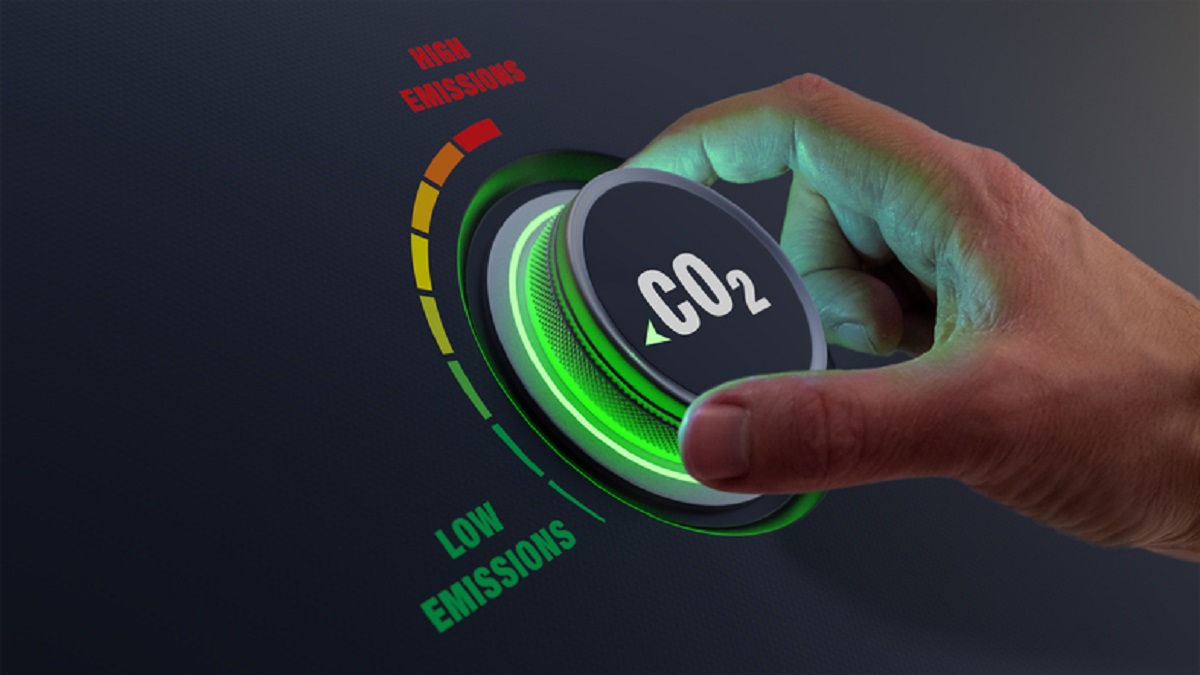IIT Madras comes up with cement that reduces carbon emissions
In a project supported by the Swiss Agency for Development and Cooperation, a Sustainability Impact Assessment of Limestone Calcined Clay Cement (LC3) shows a reduction of nearly 40% CO2 emissions as compared to ordinary Portland cement.
Limestone Calcined Clay Cement (LC3) is a blended cement incorporating Portland cement clinker, calcined kaolinitic clay and limestone, in combination with gypsum. The extent of cement clinker is restricted to only 50 per cent, which implies a major reduction in the CO2 emissions, since the production of clinker involves the burning of limestone.
Research done by Indian Institute of Technology (IIT) Madras, IIT Delhi, TARA (Development Alternatives) New Delhi, UCLV (Central University “Marta Abreu” of Las Vilas) in Cuba and EPFL (Swiss Federal Institute of Technology Lausanne) in Switzerland, supported by Swiss Agency for Development and Cooperation, India has shown that the concrete produced with this cement exhibits excellent strength and durability characteristics.
What is LC3?
LC3 is a general-purpose cement and its production does not require to set up a green field unit. It can be easily integrated into an existing production system. Due to lower energy requirements, it is also around 25 per cent cheaper to produce depending on the availability of clay.
Speaking about the results of the research on LC3, Manu Santhanam, Dean (Industrial Consultancy and Sponsored Research), IIT Madras, said, “The research indicates the superior performance of this cement in coastal areas, which, combined with the major impact on CO2 and energy, can set the standard for producing sustainable concrete. Further, the work at IIT Madras has also resulted in a sustainability framework that can be used to assess the impact of such new cements in construction.”
Elaborating on the need for sustainable construction materials like LC3, Soumen Maity of TARA New Delhi said, “With the shift of Government priority to renewable energy, the availability of fly ash is going to be constrained. The LC3 or Limestone Calcined Clay Cement provides a profitable and technically viable option of reducing the carbon emissions in existing cement production. It can easily be integrated into the existing production system thus reducing the need of high CAPEX. TARA, along with academic institutions are supporting cement companies to initiate the change to more sustainable cement production.”
Follow Shiksha.com for latest education news in detail on Exam Results, Dates, Admit Cards, & Schedules, Colleges & Universities news related to Admissions & Courses, Board exams, Scholarships, Careers, Education Events, New education policies & Regulations.
To get in touch with Shiksha news team, please write to us at news@shiksha.com
Latest News
Next Story


Comments